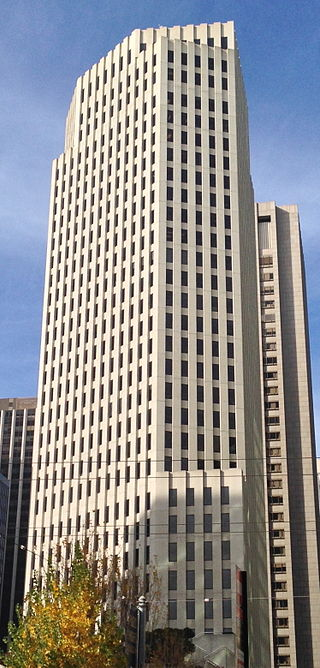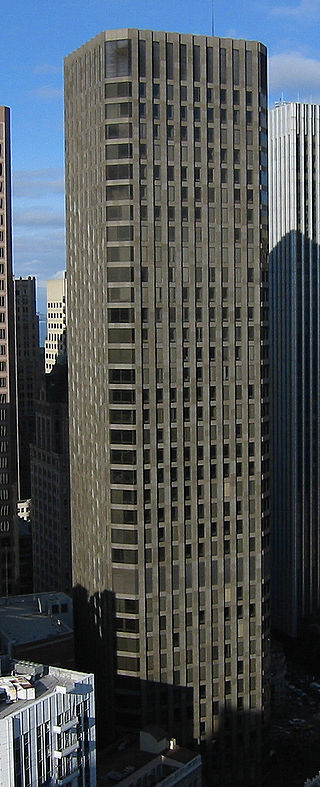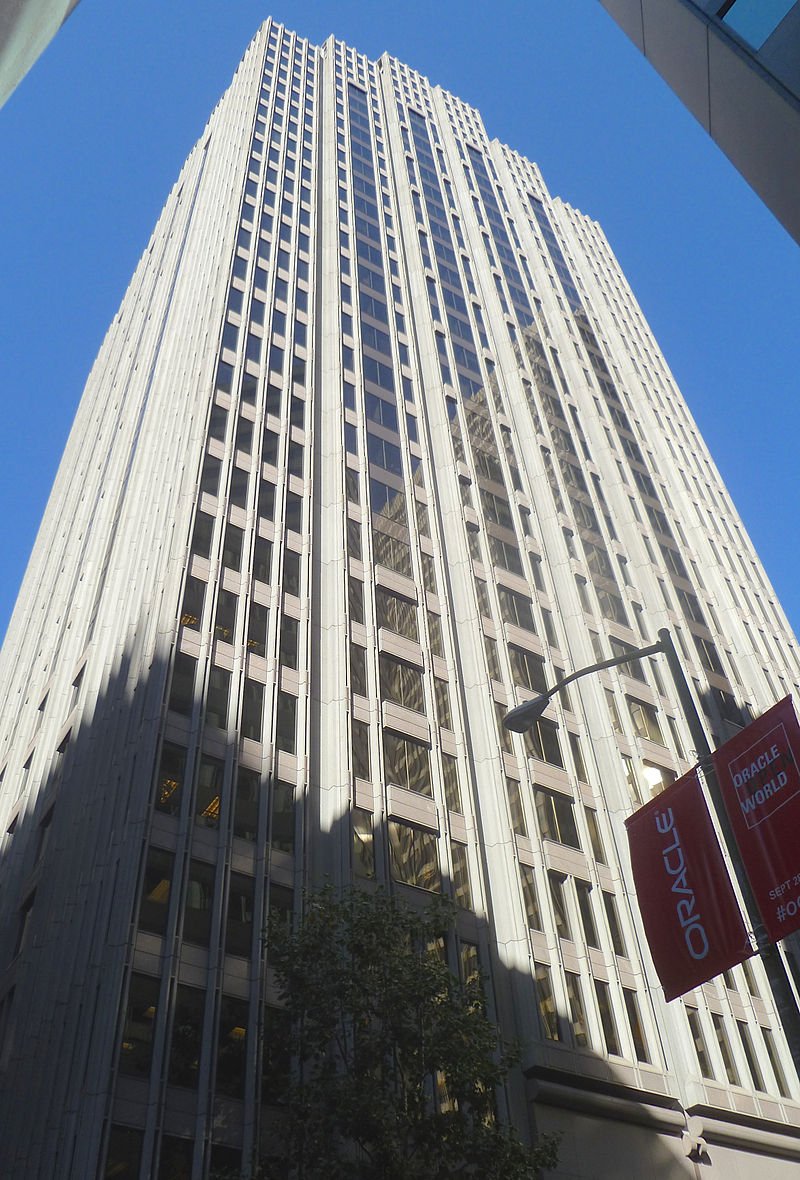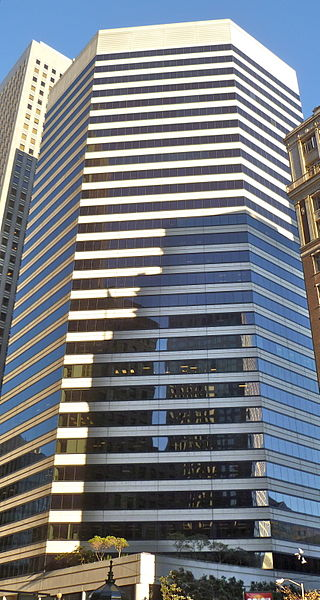
2/Let's start with Market Center, a tower complex that looks like it was designed by a 6-year-old boy learning to use the rectangle tool in Microsoft Paint: 

4/Spear Tower shook up the format by...increasing the size of the windows slightly!
Gotta give em credit.
Gotta give em credit.
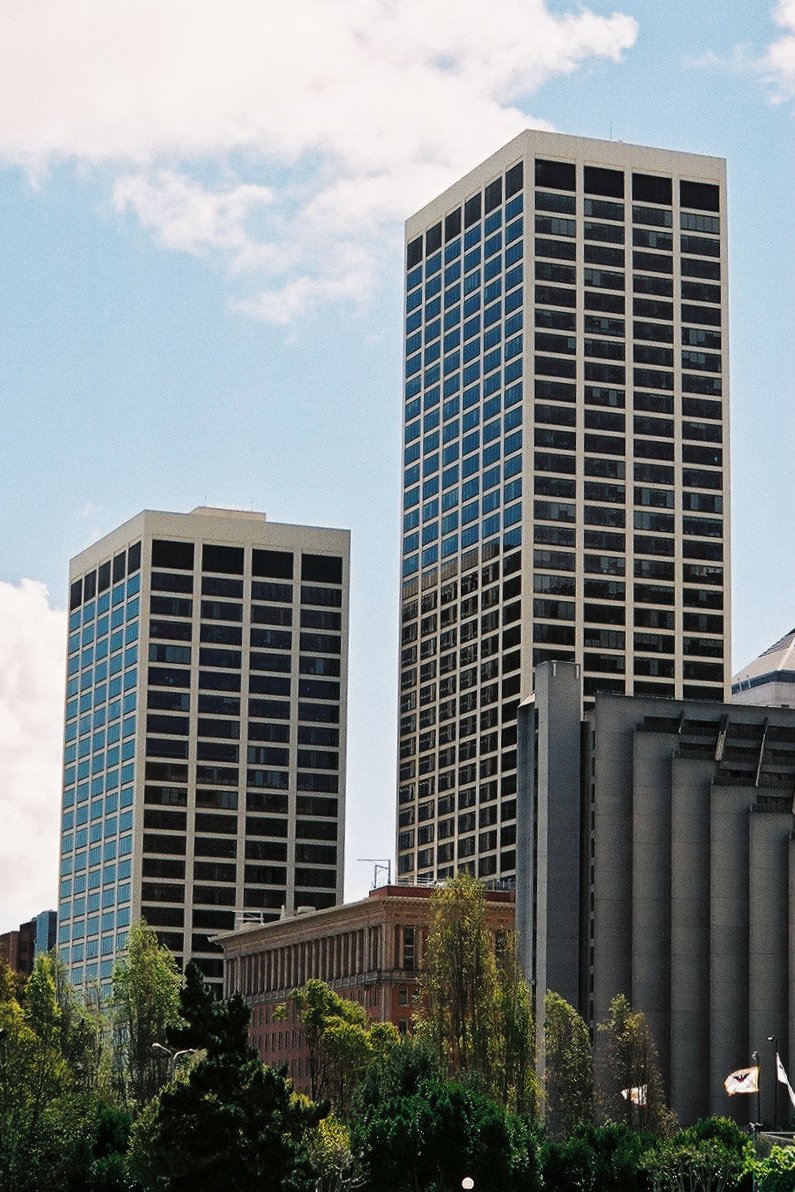
5/The Pacific Gas and Electric Building got really creative by...adding some slightly taller windows on the very top floor! 
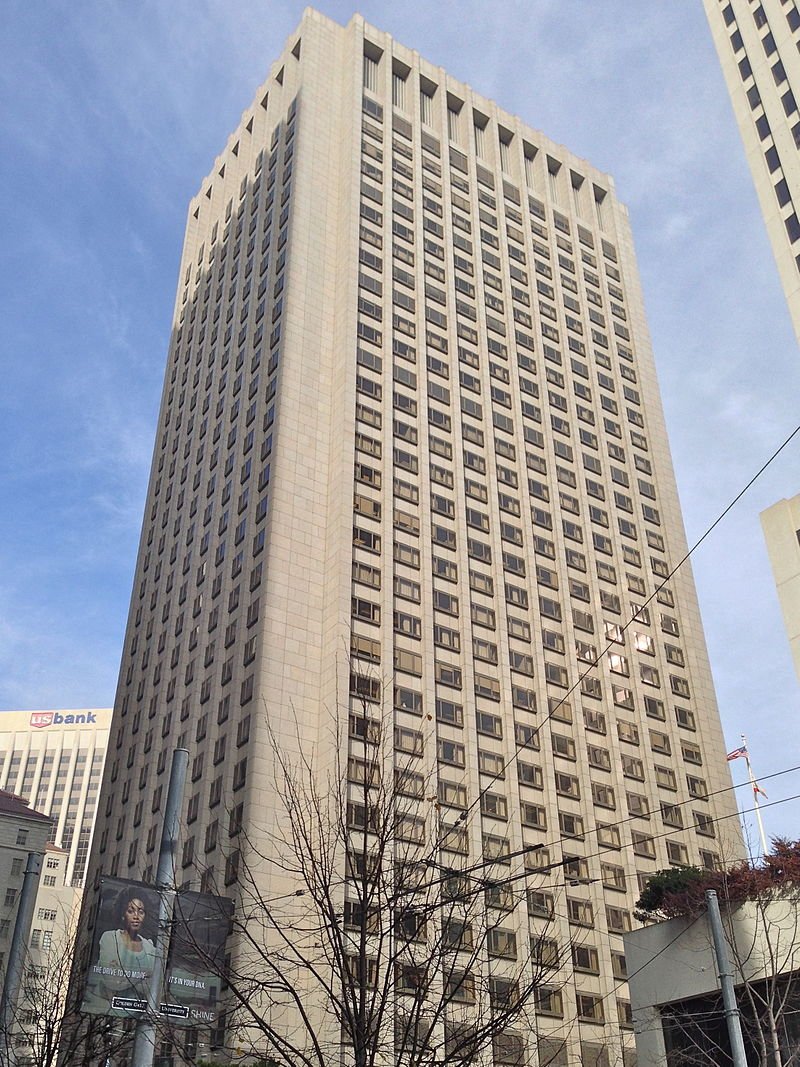
7/Please give credit to the purists at 123 Mission Street, who stubbornly went with the classic, simple, beautiful "sand-colored rectangle with small windows" look.
True beauty never goes out of style.
True beauty never goes out of style.
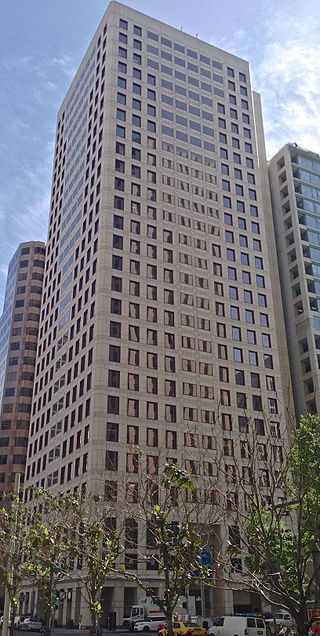
8/The good people at 100 Van Ness Avenue took this classic style and asked "How can we make it look just a little more like a prison?" 
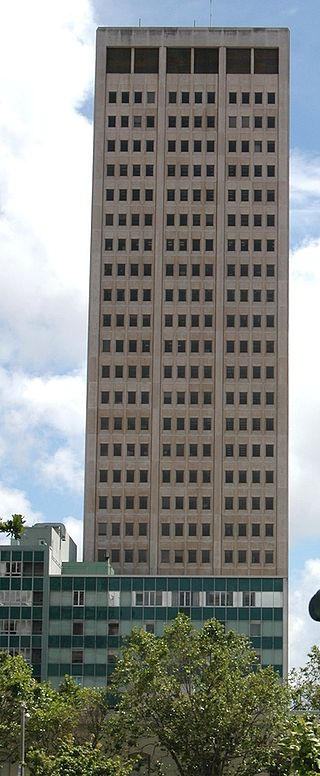
9/While the visionaries who designed 50 California Street asked: Why have little rectangles dotting the side of our sand-colored rectangle, when we can just have lines? 

10/100 Pine Center and 45 Fremont Street both decided to mix things up by grouping the windows into small rows of 3 or 4. 

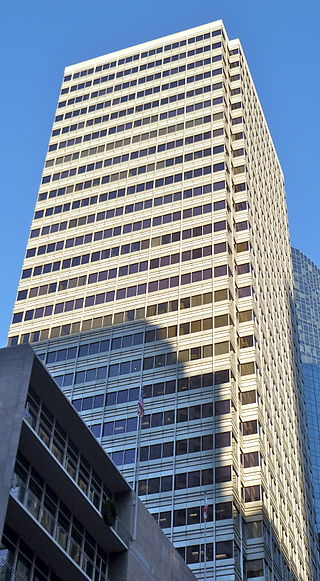
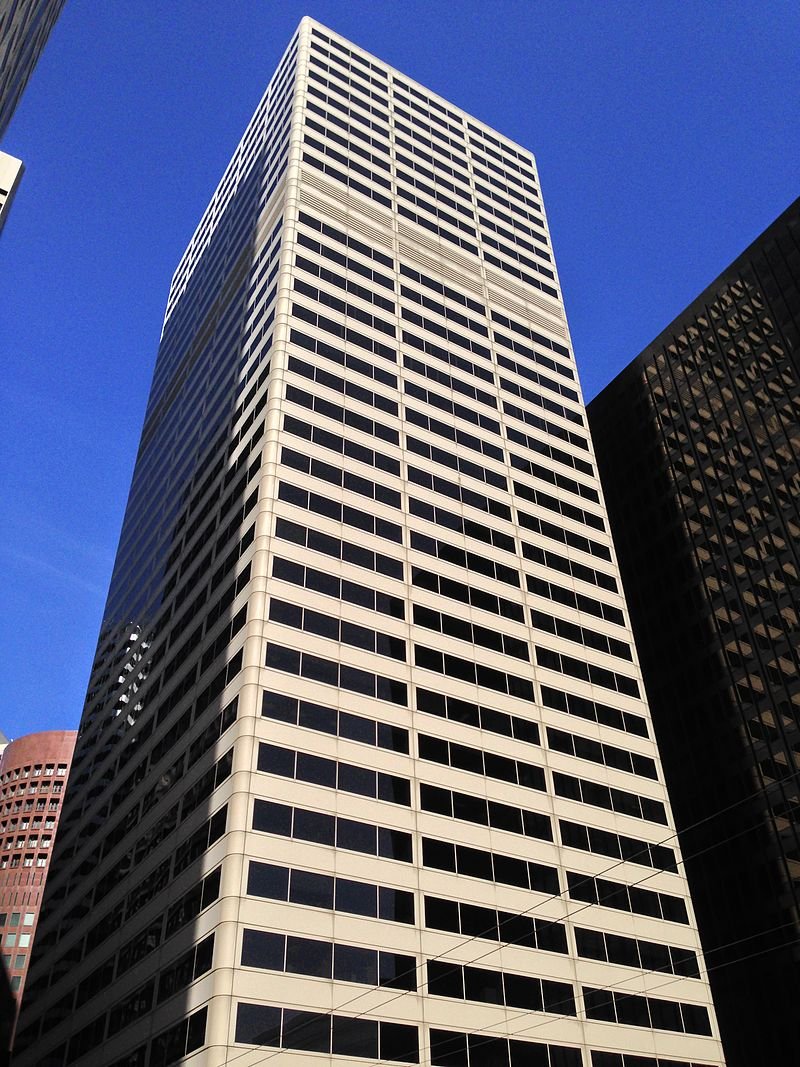
11/Four Embarcadero Center looks like a sand-colored rectangle that was slashed by a bunch of monofilament wires, just before it falls apart into six much thinner sand-colored rectangles: 
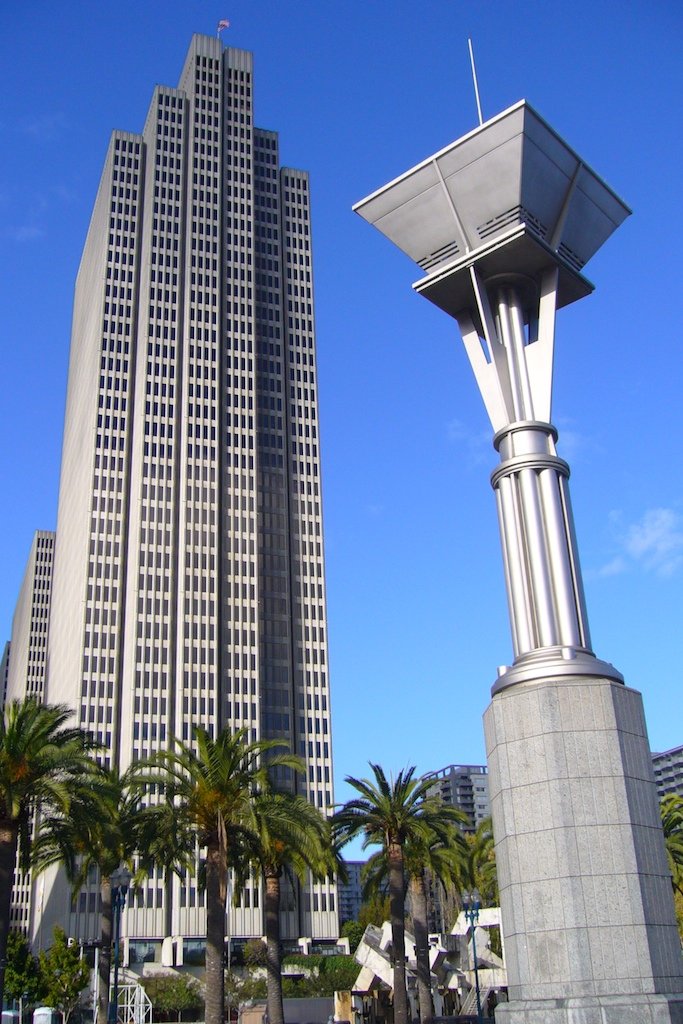
12/This building is called "The Paramount", but I really don't see how it's better than the other sand-colored rectangles SF has to offer. 

20/Anyway, as you gaze upon this forest of sand-colored rectangles, remember that the main building that people complain about in San Francisco is...
...
...
...
Salesforce Tower.
(end)
...
...
...
Salesforce Tower.
(end)

• • •
Missing some Tweet in this thread? You can try to
force a refresh



